Arrowquip Blog
Insights, stories, and updates from the world of cattle handling.
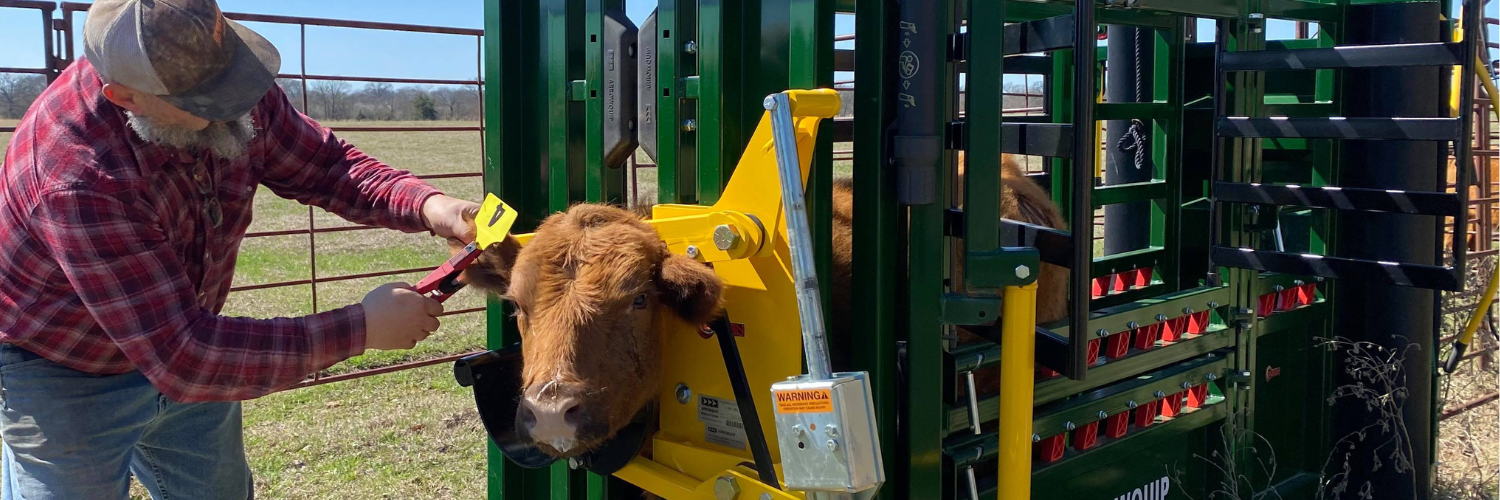
Cattle Equipment 101: Which Accessories Should You Choose?
Cattle chutes, panels, and feeders are essential, but accessories matter too. Learn how the right cattle handling accessories improve safety, efficiency, and overall success on your ranch.
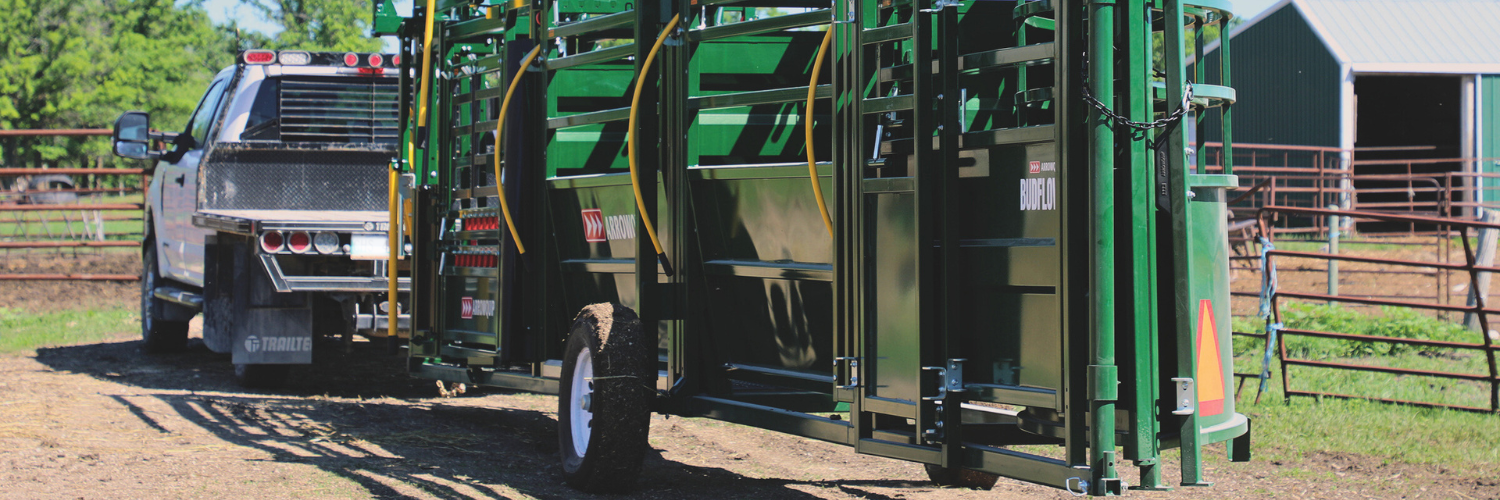
What Portable Cattle Handling System is right for you?
Arrowquip’s portable cattle handling equipment offers easy setup and transport, letting you create a system perfectly suited to your operation, no matter the location.
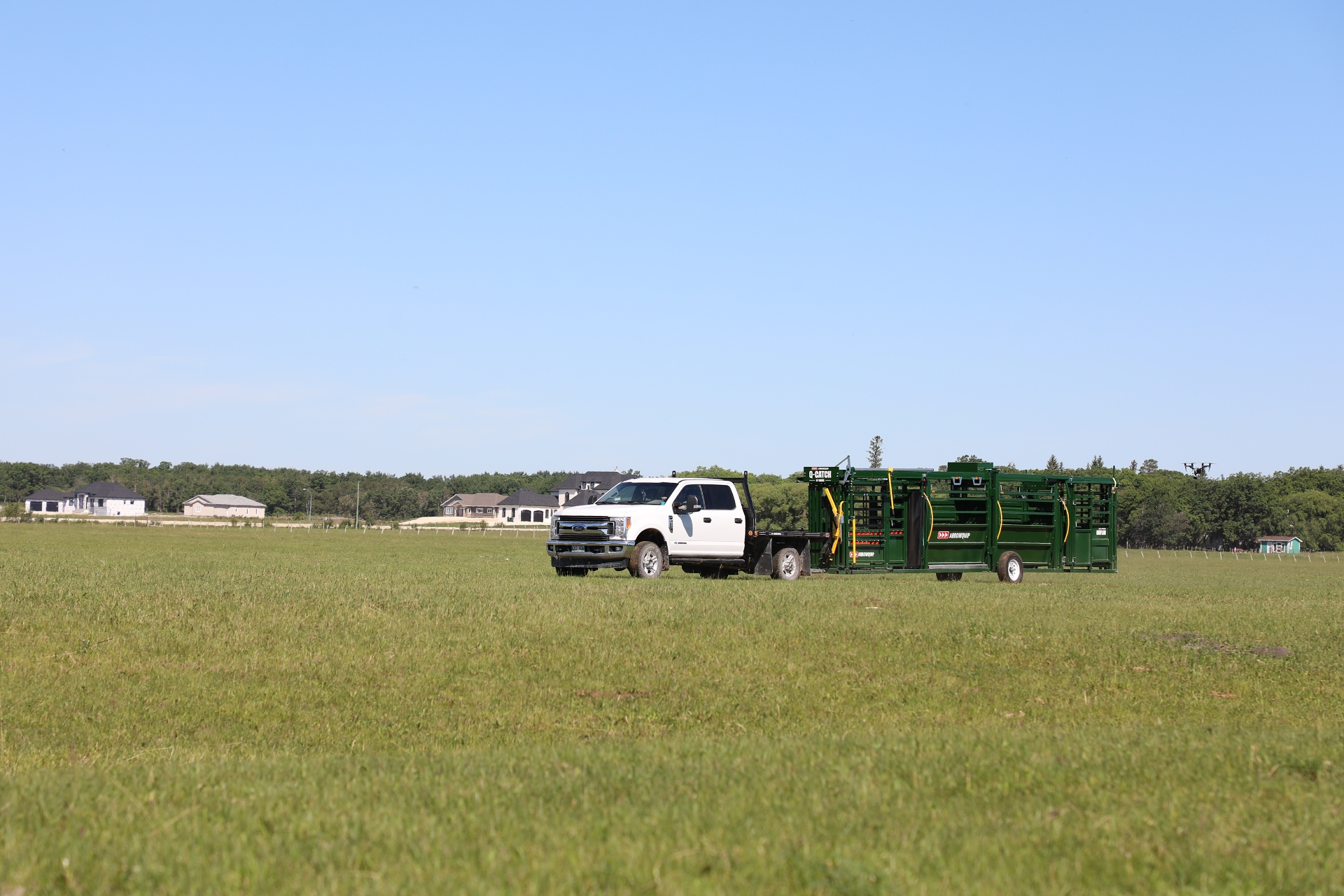
Portable Cattle Handling System Innovations
New things are happening in the cattle industry. Learn about the latest innovations in portable cattle handling equipment, and how they can benefit your operation.
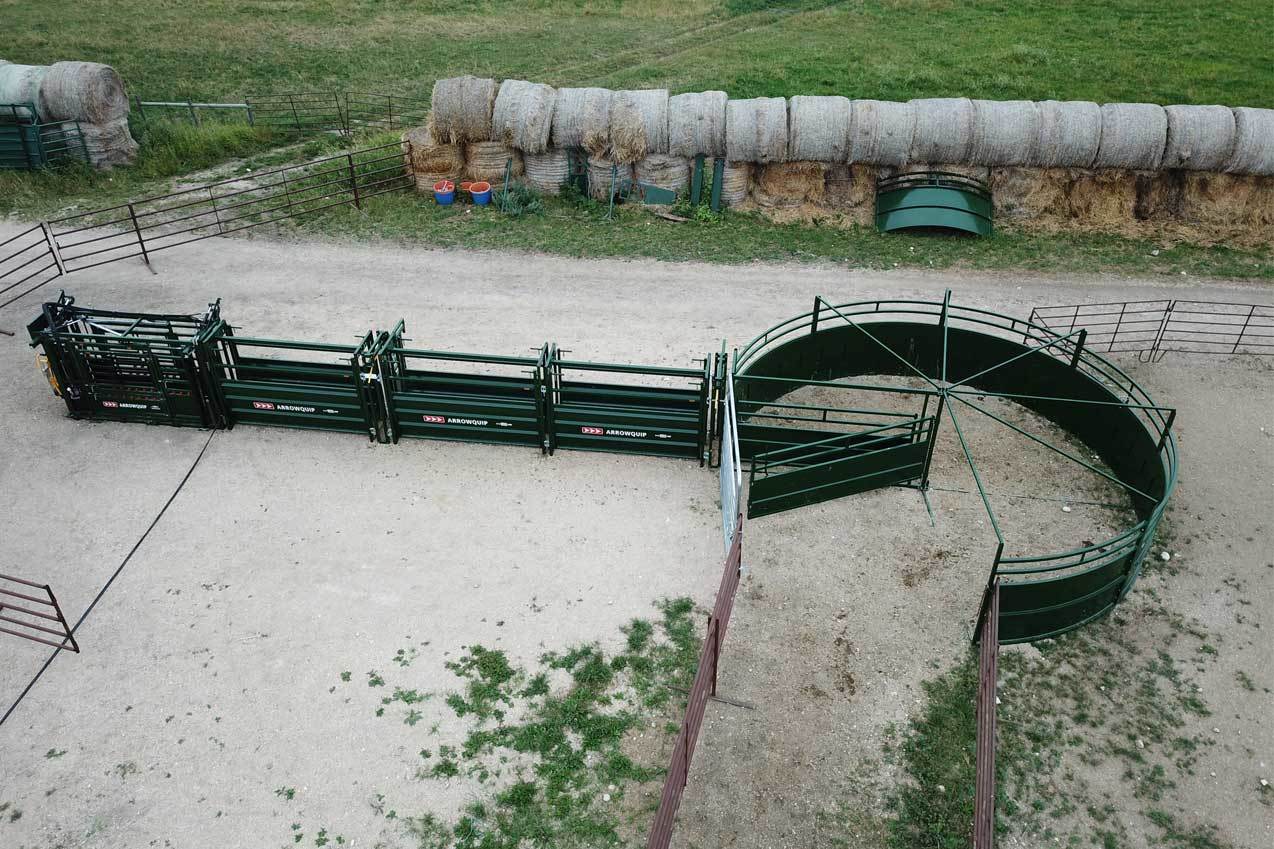
5 Reasons you might need a Hydraulic Chute
Hydraulic chutes aren’t just for large feedlots. They can be a smart alternative to manual or self-catch chutes for operations of many sizes. Here are 5 reasons why.
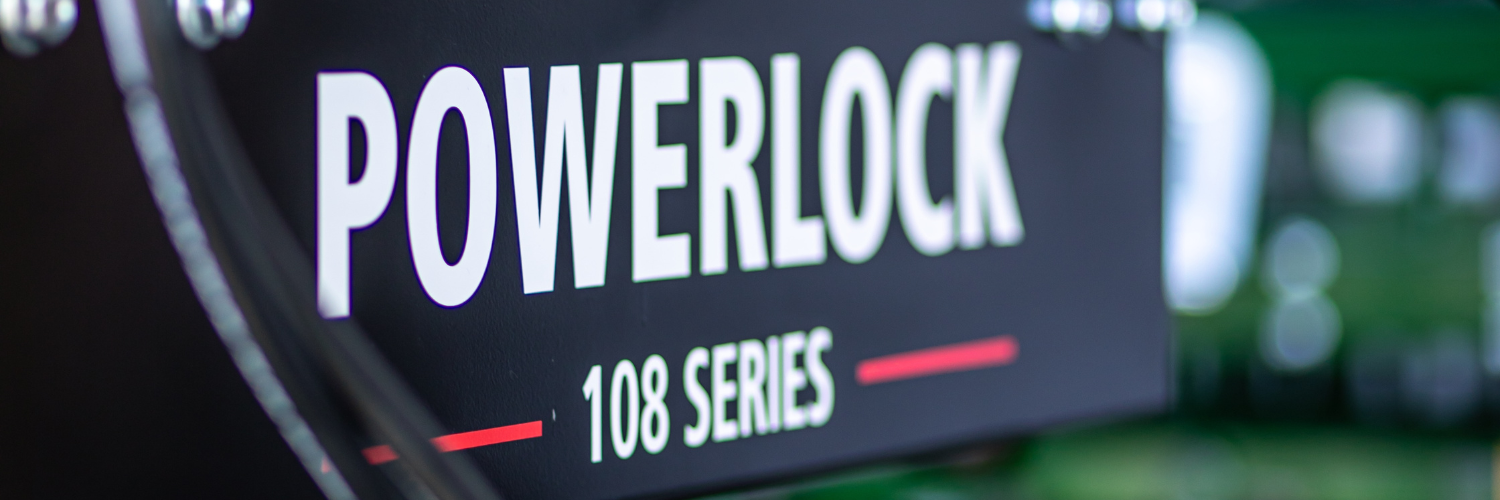
Considering a Hydraulic Cattle Chute? Here’s What You Need to Know.
The initial price of a hydraulic chute matters, but other key factors impact long-term value. Discover how to choose a cost-effective, durable solution for your ranch in our blog.
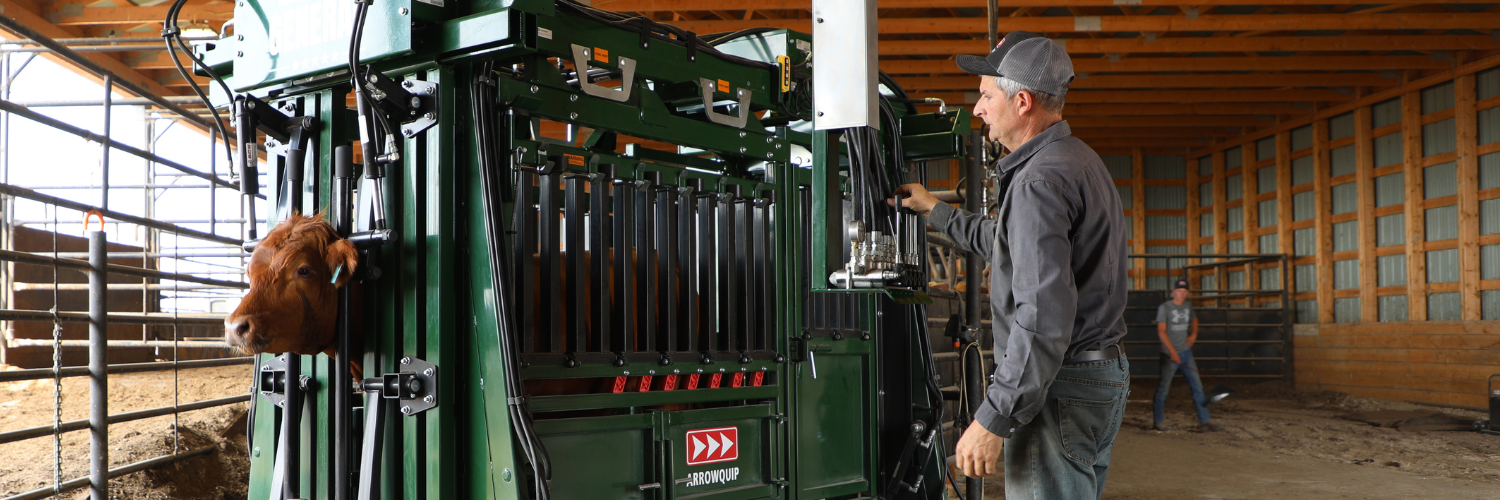
Evolution of the Hydraulic Cattle Chute
Cattle equipment has a long history, and advances in technology and mechanization—like hydraulic cattle squeeze chutes—have made handling safer, easier, and more efficient.
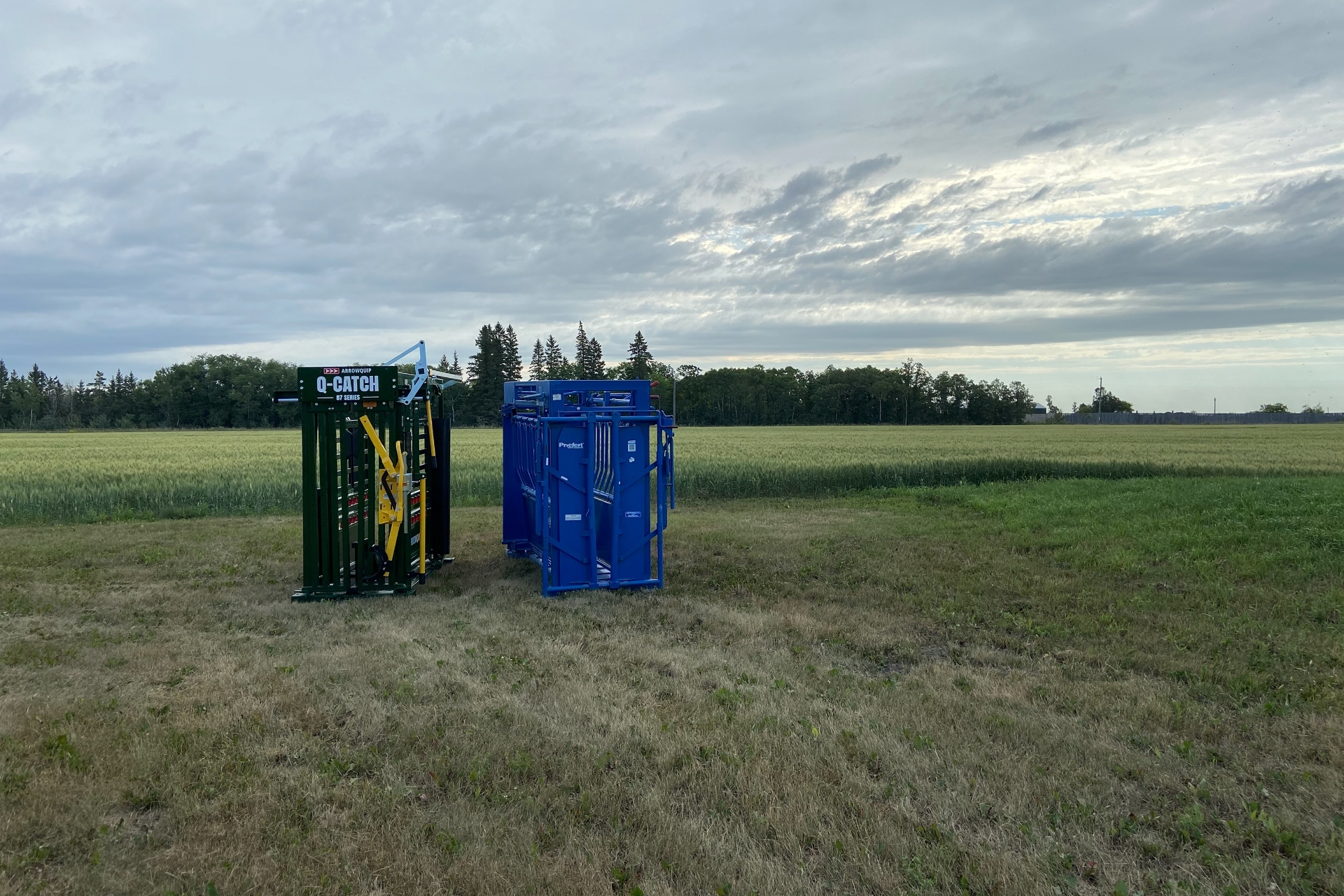
Which Livestock Head Catch is Better? | The Battle of Manual VS Self-Catch
The debate between manual and self-catch livestock head catches has gone on for years. As the industry shifts toward low-stress cattle handling, it may be time to rethink how you manage your cattle.
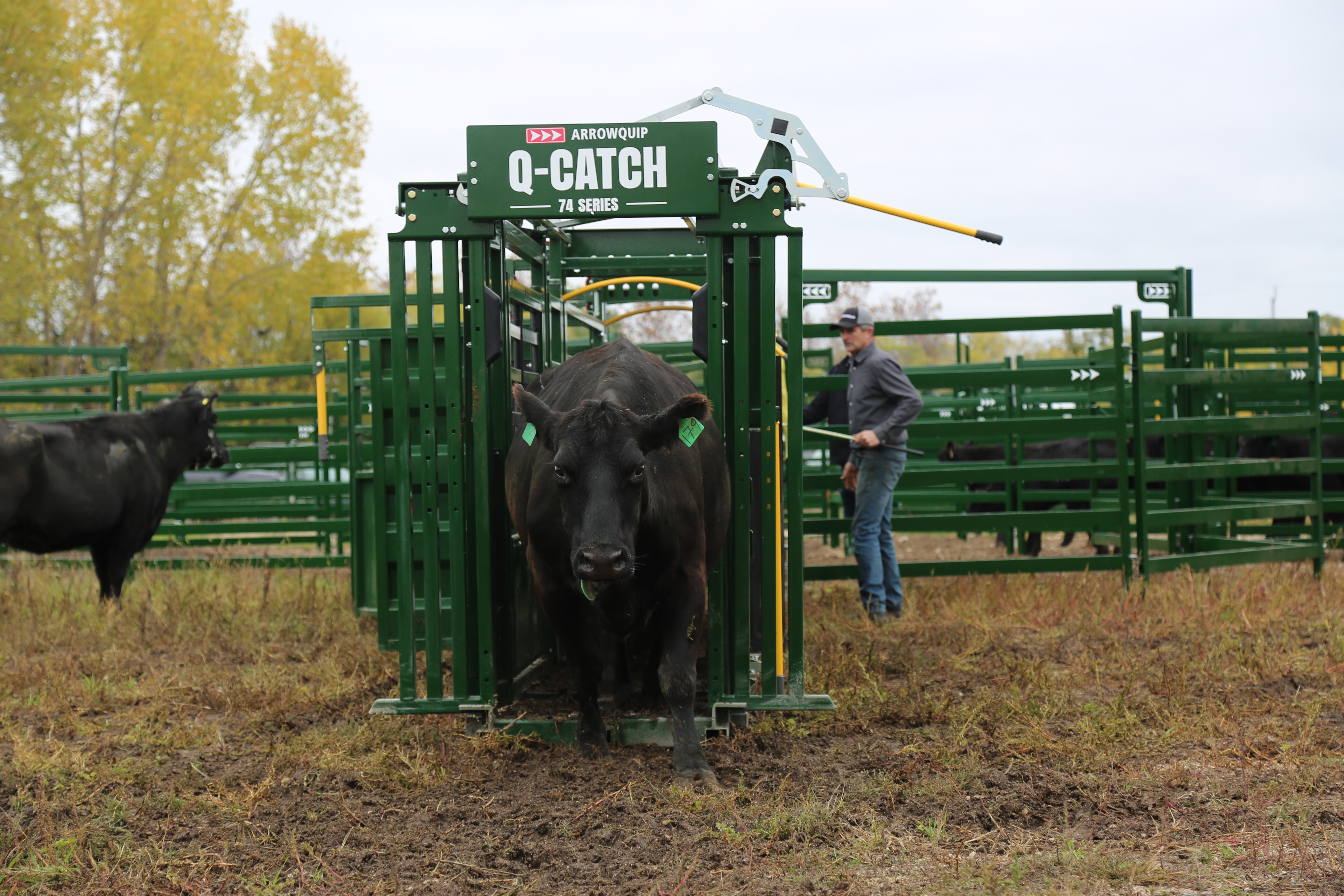
Not All Manual Cattle Head Gates Are The Same | Battle of the Head Catches
Time to upgrade your operation with a new chute or head gate? Don't be fooled, not all manual catch chutes are made equal!
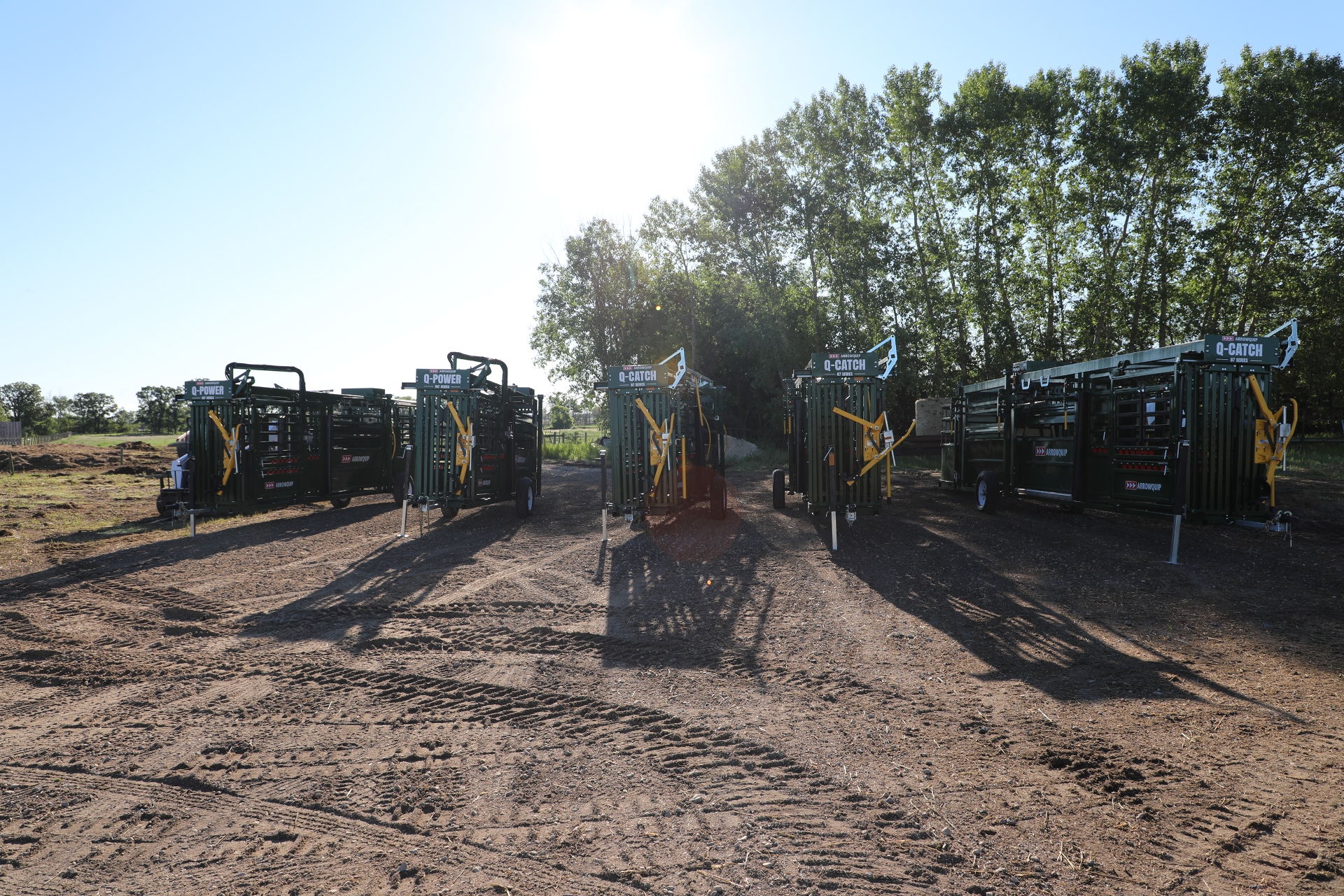
Choosing a Cattle Head Chute | What is the value of an Arrowquip Chute?
Searching for a new cattle head chute and wondering if an Arrowquip chute will retain its value for future resale? This blog is here with all of the details.
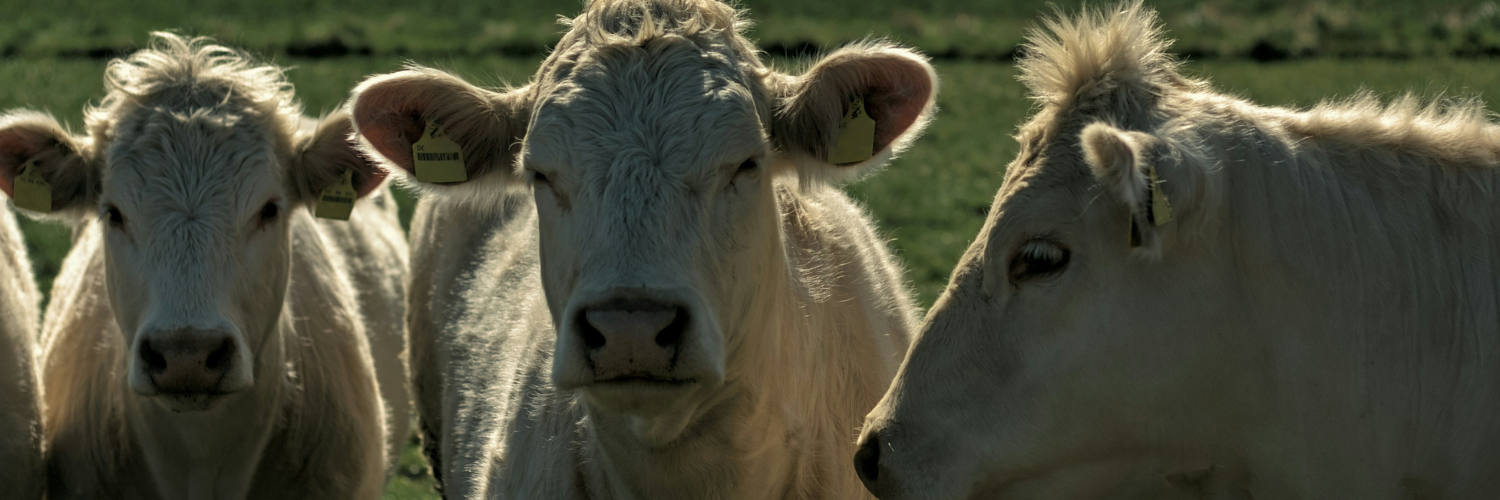
6 Things You Didn't Know About Cows
Cattle represent a large portion of our livelihoods, but many people don't think about what exactly makes these beasts unique.
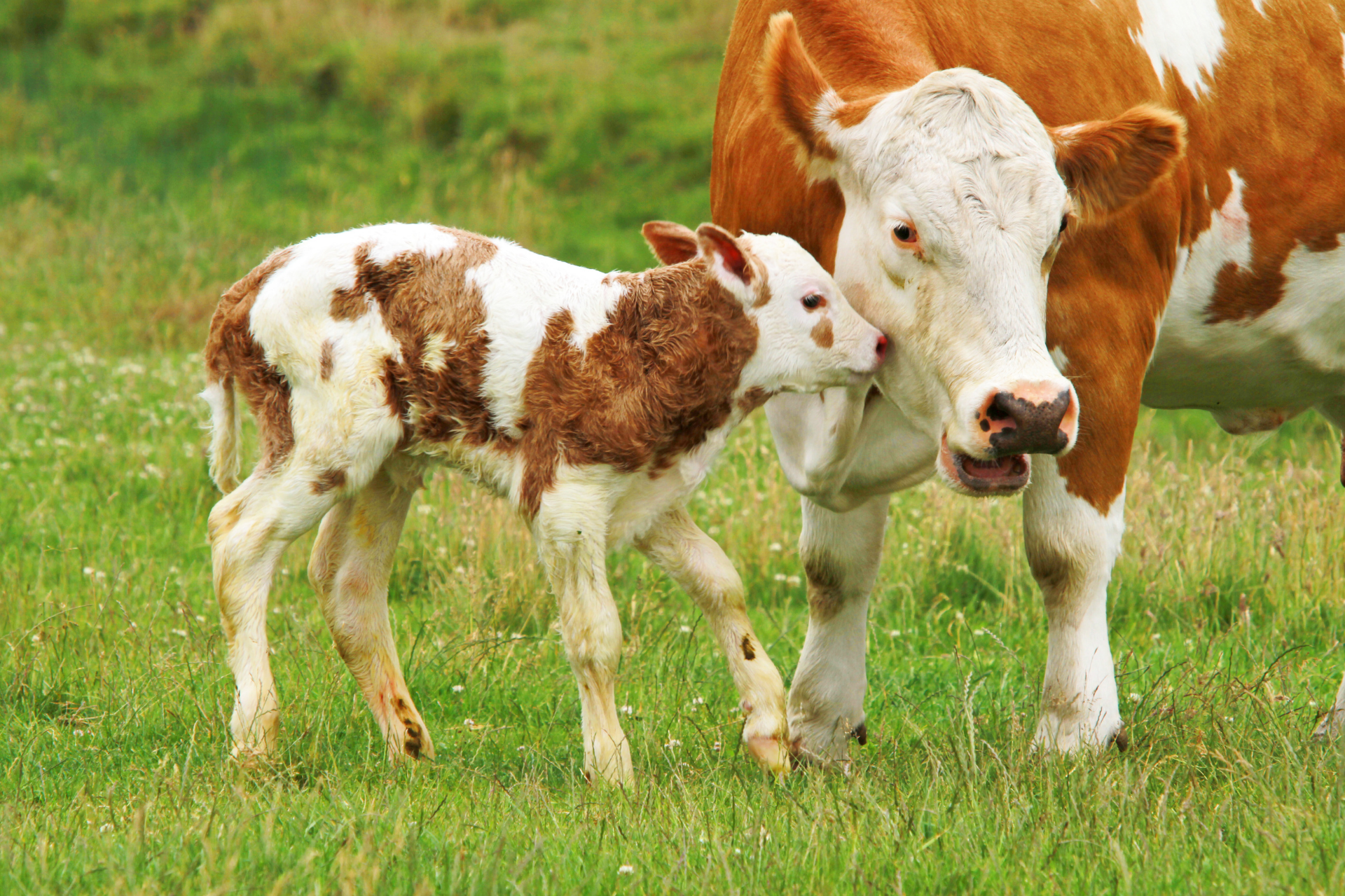
Guide to Grass-Fed Cattle
Considering switching to grass-feeding your cattle? Arrowquip can help with humane chutes, better handling systems, and tools to make more effective use of your pasture.
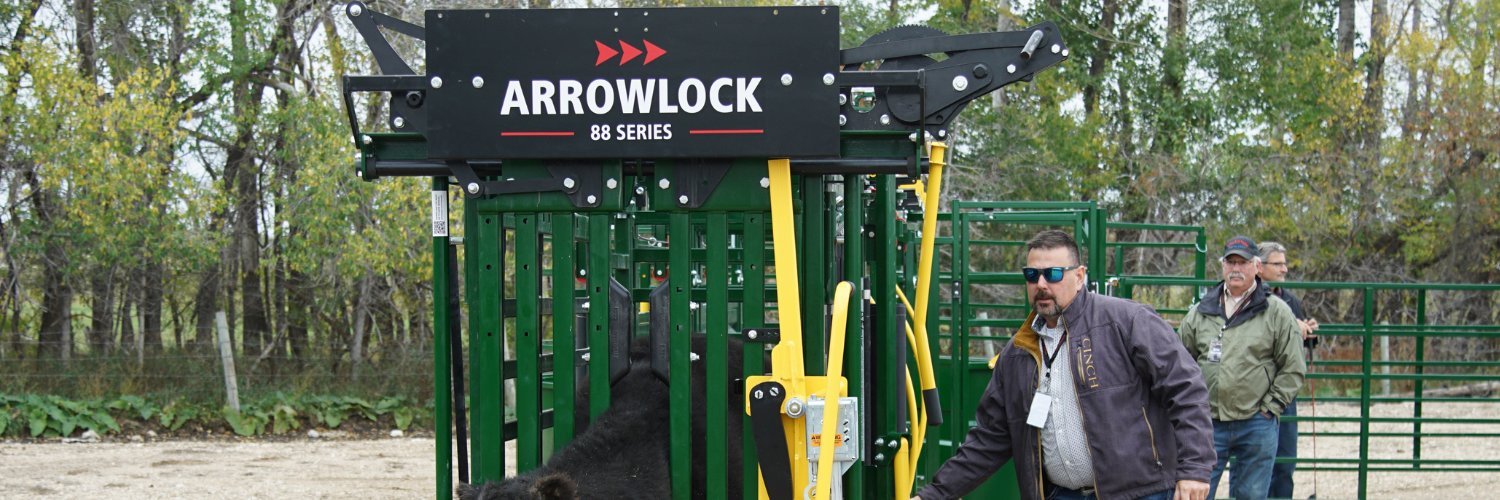
Why Most Manual Cattle Chutes Fail – Has Arrowquip Found the Solution?
Discover why most manual cattle chutes fail and how Arrowquip's Arrowlock lineup offers a safer, more efficient solution for ranchers